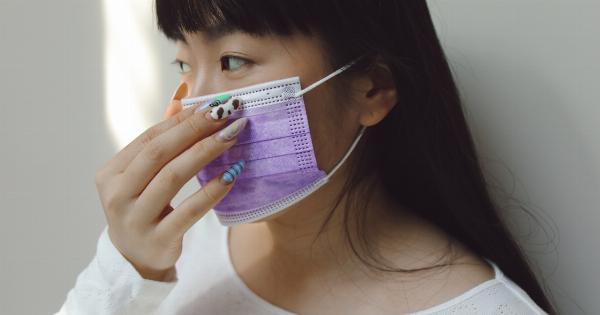Are you one of the millions of people worldwide who wear contact lenses? If so, then you know firsthand how convenient they are for vision correction. However, many contact lens wearers are unaware of the hidden danger lurking in their lenses—bacteria.
What is Bacteria in Contact Lenses?
Bacteria are microscopic organisms that can be found on various surfaces, including contact lenses. They are particularly dangerous because they can cause infections that are difficult to treat, leading to vision loss.
The most common types of bacteria found in contact lenses are Staphylococcus aureus, Pseudomonas aeruginosa, and Acanthamoeba.
How Does Bacteria Get In Contact Lenses?
Bacteria can get into your contact lenses in several ways. One of the most common ways is through poor hand hygiene. If you do not wash your hands thoroughly before handling your lenses, you are introducing bacteria into your eyes.
Another way that bacteria can get into your lenses is through the water you use to clean them. Tap water, especially if contaminated, can contain dangerous bacteria that can infect your eyes. Additionally, contact lens cases can harbor bacteria, especially if they are not cleaned properly or are reused beyond their recommended lifespan.
What Are the Symptoms of Bacterial Infection in Contact Lenses?
The symptoms of bacterial infection in contact lenses can vary but often include redness, swelling, discharge, and pain in the eyes. Vision may also be affected, and in severe cases, permanent vision loss may occur.
How to Prevent Bacterial Infection in Contact Lenses?
Fortunately, there are several steps you can take to prevent bacterial infection in contact lenses:.
- Wash your hands thoroughly with soap and water before handling your contact lenses.
- Never reuse contact lens solution, and always use fresh solution to clean and store your lenses.
- Avoid getting tap water in your eyes or contact lenses.
- Clean your contact lens case regularly with fresh solution and replace it every three months.
- Avoid sleeping in your contact lenses.
When to Visit an Eye Doctor?
If you experience any symptoms of bacterial infection in your contact lenses, it is essential to visit an eye doctor immediately. Early diagnosis and treatment can prevent the infection from spreading and causing permanent vision loss.
Conclusion
Contact lenses can be a convenient and effective way to correct vision, but they also come with hidden risks, including bacterial infection.
By taking appropriate precautions and practicing good hygiene, you can minimize your risk of developing a bacterial infection while wearing contact lenses. Remember to always contact your eye doctor if you experience any unusual symptoms or changes in vision associated with your contact lenses.





























